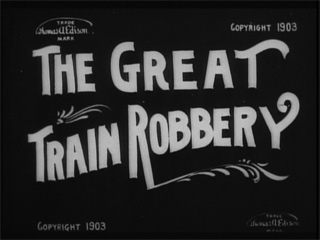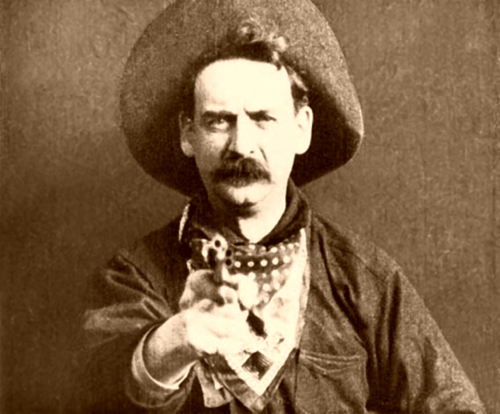 Last week I discussed briefly the notion of a personal pantheon of classic movies – movies that helped shape you as a moviegoer. That’s important, and those movies don’t need to be anything anyone else considers classic. Like The Black Hole.
Last week I discussed briefly the notion of a personal pantheon of classic movies – movies that helped shape you as a moviegoer. That’s important, and those movies don’t need to be anything anyone else considers classic. Like The Black Hole.
On the other hand, there are some films that we may have never seen that have contributed to or exemplified the language of film to such a degree that one cannot deny their status as classic films.
“The language of film” is one of those things you hear at cocktail parties or specials on the Independent Film Channel or in your Intro to Film class. Just like English or Tagalog or Urdu, film communicates through a finite and evolving number of components: the close-up, the smash cut, the match cut, parallel editing, that sort of thing.
D.W. Griffith’s The Birth of a Nation is the most notorious of all classic movies. It’s horrifically racist – and not in a subtextual way: The heroes of the film are the Ku Klux Klan. It turns the stomach. Unfortunately for movie history, however, The Birth of a Nation also holds within it the entire vocabulary of cinema. Visionary director D.W. Griffith single-handedly invented or systematized almost everything we think of when it comes to a feature film. Without The Birth of a Nation, a large part of the evolution of film would be missing.
But a lot of the innovations used to such great effect in The Birth of a Nation were first brought to bear by this week’s classic movie: 1903’s The Great Train Robbery.
Edwin S. Porter, while not as well known as Griffith, brought feature narrative to movies. That is to say, the movie tells one complete story. It’s only 12 minutes, but it’s often called the first feature film. You can watch it below right now if you want. It moves a lot faster than you might expect it would, given that it’s over a hundred years old, and it doesn’t scream along as fast as the speediest sequences in The Birth of a Nation, but the storytelling’s pretty taught.
 The cross-cutting in the film has very little precedent. Cross-cutting uses editing to mix together two or more sequences that are separated by space. (As opposed to parallel editing, which mixes together two or more sequences separated by both space and time.) Imagine what this must have been like. For your entire life you’ve only ever experienced action in continuity. And when you’ve seen moving pictures they’ve always been documentary-style continuous action. With The Great Train Robbery you’re watching action at different places mixed together to create anticipation, tension and a bit of information overload.
The cross-cutting in the film has very little precedent. Cross-cutting uses editing to mix together two or more sequences that are separated by space. (As opposed to parallel editing, which mixes together two or more sequences separated by both space and time.) Imagine what this must have been like. For your entire life you’ve only ever experienced action in continuity. And when you’ve seen moving pictures they’ve always been documentary-style continuous action. With The Great Train Robbery you’re watching action at different places mixed together to create anticipation, tension and a bit of information overload.
Even more startling must have been the brief shot of one of the outlaws firing his revolver directly at the audience. First of all, it’s a close-up, which, again, was a very new technique. It’s hard to imagine now, but at the birth of cinema there were no movie stars. All the early films capture environment or groups of people.
So imagine watching a movie about all of these scary outlaws and then, at the end, there’s the face of one of these outlaws, larger than life, aiming a gun right at you, and firing. Talk about the shock of the new.
We tend to think of classic movies as stodgy or old, but what makes a movie classic, whether for us personally or for the history of film globally, is its innovation and the excitement that can cause. Classical isn’t boring. Classical is rare, innovative and exemplary.
Next week: But what about “instant classics”?


